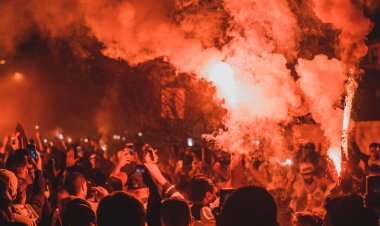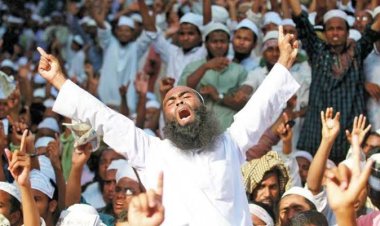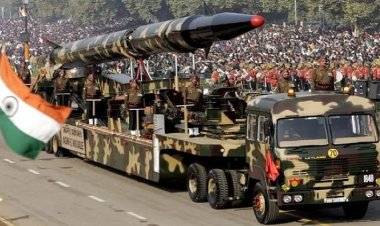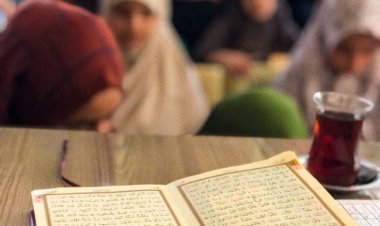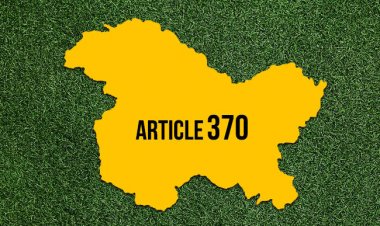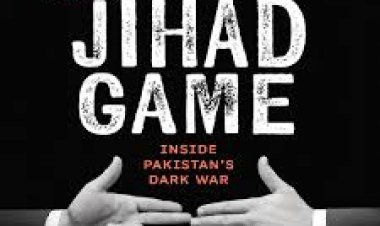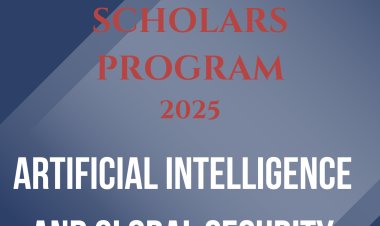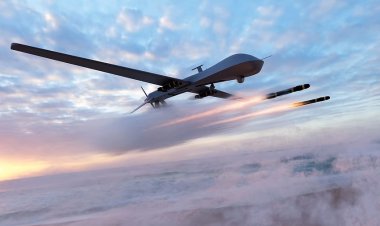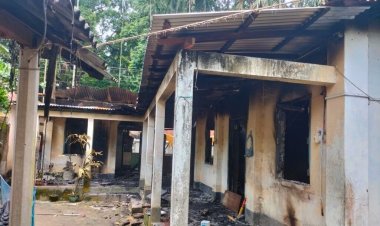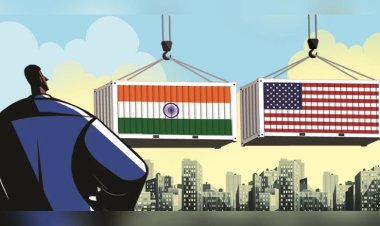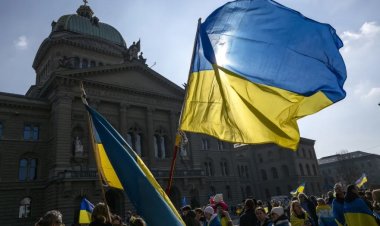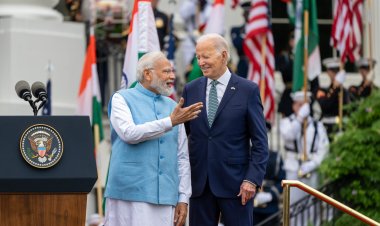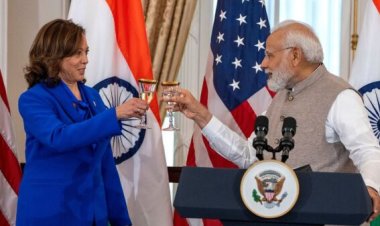Counter Insurgency /Counter Terrorism Operation Stress: An Insider’s Narrative
The article discusses how the military personnel go through Counter Insurgency and Counter Terrorism operation stress and what are the stress patterns, causes, and remedies through an Insider's perspective.
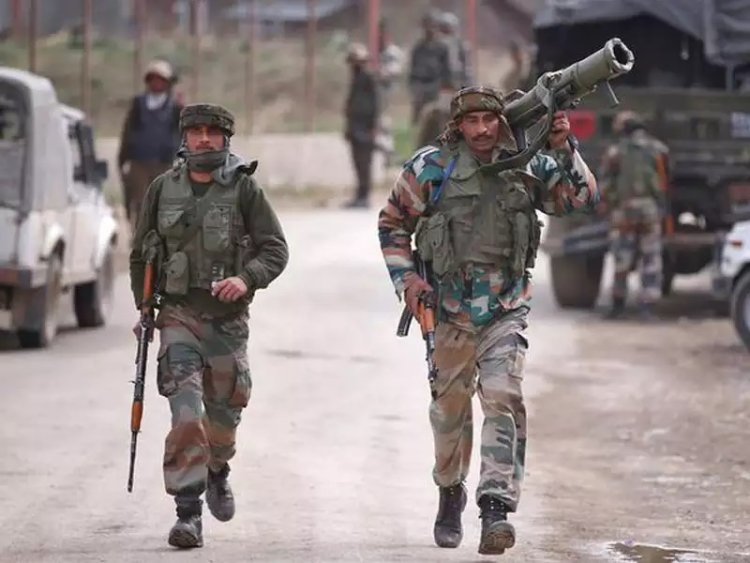
Commentary
Introduction
Today morning I woke up with the images projected during the GOC-in-C’s opening address revolving in my mind. Reminiscing those images, I remembered two scenes of my second tenure in J&K, which most of us come across almost every day especially in J&K and the NorthEast. I am sharing these thoughts to learn positive lessons from them.
Case Study 1
- Putshai, Nov 1995. An encounter had taken place at Putshai jungles in which a brave Major of an Rashtriya Rifle Batallion (recently raised) had sacrificed his life. The terrorists were killed but the officer – a Captain, who was next to the Major throughout the operation and saw his senior falling prey to a terrorist’s bullet, was obviously shaken. His anguish clearly outpoured when he saw the dead bodies of terrorists. His Commanding Officer noticing the change in behavioural pattern of the Captain appreciated his performance and sent him on a few days of Casual Leave.
- Srinagar Transit Camp, Same Evening. The Captain met two of his course-mates returning from leave. They hit the bar. The Captain had consumed two drinks and was feeling sad about the death of his senior who always treated him like a younger brother. As usual he expressed his thoughts with verbosity and very explicitly and leaving his coursemates aghast listening to a friend who had seen terrorists and faced death from close quarters.
After Dinner. The bar was closed on time and the officers had a quick dinner since the Captain refused to have food without his senior being present. The famous Mishraji finally closed the dining hall door and the youngster came out. The Captain who had by then become extremely ‘sentimental’ started shouting at the top of his voice “You Cowards! if you have the courage, then come forward and fight, why are you hiding in the jungle and attacking secretly? Come forward! abcdefgh!! Ijklmnop…..!! …….!!!” The Captain became uncontrollable and passed out.
Case Study 2
Kupwara, Apr 1996. I was visiting Kupwara from Cherkut with my buddy a Havaldar for liaison with my Det Headquarters. We met a source enroute who gave input that 12 terrorists including the dreaded foreign terrorist Sher Khan is staying over for lunch at Khumrial. It was 09:00 hours, we immediately got permission from Col General Staff to take the available Quick Response Team of Divisional HeadQuarter under Maj Swali Abraham Bakali.
Khumrial, 0930 hours. The house was surrounded and firing ensued. Maj Bakali and my Havaldar entered the house knowing fully well that 12 terrorists were inside. They came out since firing was brought down on them from top of the staircase. We in the inner cordon were just seven persons. Maj Bakali following Indian Army’s traditions was obviously leading from the front. Heavy exchange of fire including rifles greens ensued and it pinned us down badly. Maj Bakali’s shouting orders was the obvious target for the terrorists. He sacrificed his life within 20 mins of the operation. I called the Reinforcements by the 2IC of the operation. We three – myself, my buddy Havaldar and our source – being in civil dress were more scared of own fire but managed to convey to reinforcing troops of our presence in civil clothes. All terrorists were killed and the operation was completed by 1530h.
The Next Day. My buddy the Havaldar, a Hindu by religion, wanted to visit the peer baba near Khumrial. He returned from the visit to proudly tell me that he had placed a chaddar and read namaz for the diety. His placing a chaddar was understandable but reading namaz startled me. In the evening report, Sr. Junior Commissioned Officer told me that the Havaldar read namaz four times. At around 2230h, I received a call from the Baramulla cadre that the Havaldar had called him up, sung a song for him and recited some Quranic verses. Although religious faith is positive combat stress behaviour; but changing religious faith under such circumstances is a clear negative stress indication. The Havaldar was sent on Annual Leave after due approval from the Commanding Officer.
Reasons for Counter Insurgency/Counter Terrorism Op Stress
It is very vivid from the two scenes that the stress of seeing their colleagues sacrifice lives and facing certain death from very close quarters had taken a toll on the Capt and the Hav. Both came back after their leave to perform better in the valley. We as leaders, facing such traumatic situations frequently, must try to learn the behavioural patterns and causes and ensure remedial measures for the same.
Stress Patterns. The behavioural patterns observed during CountercInsurgency/CounterTerrorism operation stress could be summerised as under:-
- Mutilating dead terrorists.
- Refusing to take surrenders.
- Torturing and killing of surrendered/captured terrorists.
- Arson and looting in the CI/CT area.
- Misbehaviour with ladies, children and elderly persons in the CI/CT area.
- Refusing to obey lawful orders.
- Threatening to kill or killing superiors.
- Attempted suicides/self inflicted injuries.
- Running amok.
- Change in religious faith.
- Aggressiveness against other religions.
- Being AWL and deserting.
- Alcohol abuse.
- Malingering / reporting sick etc.
Causes. The causes for such stressful behaviour are numerous. Some of the common causes are enumerated below:-
- Lack of training of CI/CT environment.
- New induction into CI/CT area.
- First exposure to CI/CT ops.
- Seeing own case.
- Lack of information and fighting an invisible enemy.
- CI/CT fatigue.
- Extra and/or long duty hours.
- Sleep deprivation.
- Lack of proper entertainment facilities.
- Tension of family management.
- Lack of physical/emotional endurance.
Remedial Measures. The remedial measures can never be all-encompassing. Some guidelines are given below:-
- Proper pre-induction training.
- Thorough post-induction training.
- Post-operation debriefings by veterans / senior officers.
- Post-operation counseling by psychiatrists/psychologists.
- Management of stress levels and providing proper entertainment avenues.
- Music and movies are a must as suggested by the first lady.
- Regular Physical Training and games.
- Increase team cohesiveness.
- Imbibe religious and spiritual values.
- Learn from case studies.
Conclusion
True case studies of all ops should be carried out, published and valuable lessons be learnt at all levels. They should be shared and taught at Army Training Schools. Experiences thus shared will go a long way in training and imbibing confidence in all risks especially the junior leaders. Unit identity and training together enhances personal bonding and cohesiveness, especially in field areas. Religious faith and a sense of purpose increase mental and emotional endurance. The symptoms of fatigue and stress should be recognised early and immediate remedial measures must be taken to avoid untoward incidents. There is a need for psychiatrists to take an active part in field areas. There is also a need for psychologists to be trained and employed in the Army which faces stressful conditions day in and day out. Above all, a trained soldier is worth a million rupees equipment.
Disclaimer: This paper is the author's individual scholastic contribution and does not necessarily reflect the organization's viewpoint.
Col Vinayak Bhat (Retd) is an OSINT consultant. He is a military intelligence veteran of the Indian Army withh over 33 years in uniform. He has studied Chinese language and has worked as an interpreter in the Indian Army. He specialises in satellite imagery interpretation and analysis. He works mostly on Chinese PLA and Pakistan armed forces.
He analyses conflicts around the world through satellite imagery with special emphasis on nuclear forces. An alumnus of NDA's J/61 course & tweets as @rajfortyseven.

